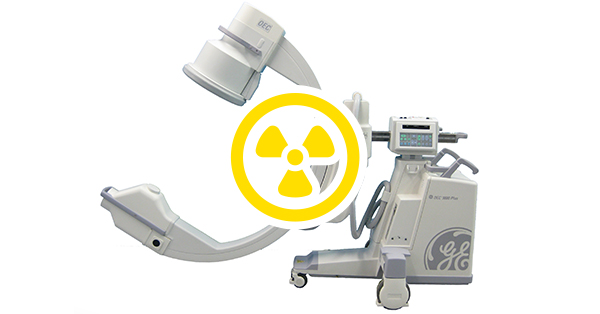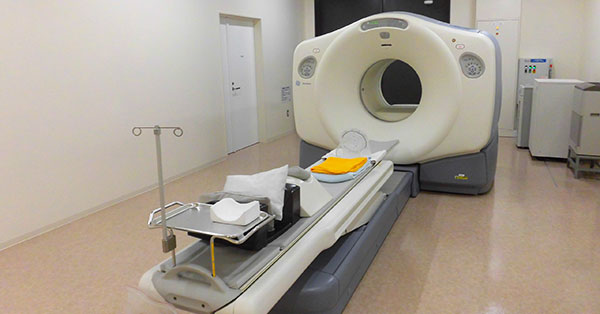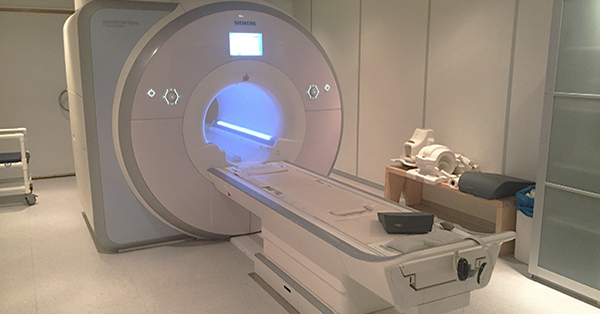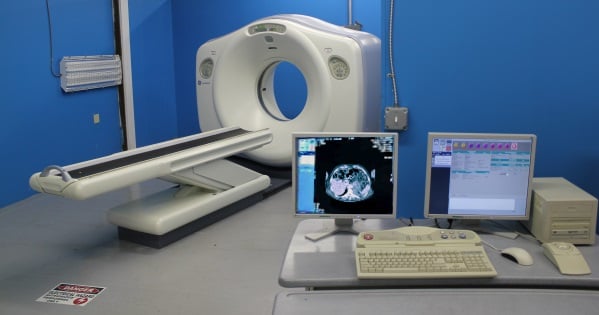When it comes to radiation safety in medical imaging, the guiding principle is ALARA: “as low as reasonably achievable.” This goes not only for the patients being scanned, but also for the technicians and physicians who are often in the vicinity of the equipment.
Radiation exposure in fluoroscopy equipment like C-arms comes from two main sources- “scatter” radiation that bounces off the patient's body and “leakage” radiation from the X-ray tube. Of the two sources of exposure, scatter radiation varies considerably more and is the higher contributor to overall exposure.
If you're new to the medical imaging field or to radography/fluoroscopy, there are a few things you should know about getting your radiation exposure ALARA. Below are 4 areas to focus on for greater radiation safety:
Four Criteria for Radiation Safety
Distance
If you are able to, take advantage of the full length of your C-arm's handswitch or footswitch cable and back away from the system to reduce exposure. Unfortunately, since C-arm operators are often required to be in close proximity to the equipment to complete a scan, the next segment is especially important.
Shielding
Shielding can come in a number of forms, but in the case of C-arms, is usually comprised of personal protective equipment (PPE). Leaded goggles or glasses, radiation-attenuating gloves, and leaded thyroid collars and aprons all fall into this category.
In terms of shielding for the room the C-arm is being used in, requirements will vary depending on the laws in your location.For those of you using C-arms in the US, we suggest you download our list of state radiological and health departments to contact the proper authorities for more information.
Time
If you can get the image you need with a shorter exposure time or a smaller X-ray field- do it. Minimizing the amount of time you and your patients are under radiation exposure is good for everyone.
You should also wear two personal radiation dosimeters- one at your collar near the thyroid gland and the other beneath your lead apron. The first will monitor the scatter and leakage in the room, the second will help make certain the very low amounts that do pass through the apron are still at acceptable levels. Both of these measurements will help determine whether or not your exposures are too high, or across too much time.
Training
Don't assume that everyone on your staff is aware of these precautions. If you're in doubt about the procedures in your facility, talk to your management about radiation training. Overexposure to radiation is linked to a wide variety of health complications. Passing on a little awareness could make a big difference.
Focusing on these 4 safety areas will go a long way toward reducing radiation exposure for you and for your patients. If you have more questions about radiation safety or about C-arms in general, we're happy to help. Contact us or take a look at any of our free C-arm resources for more information.
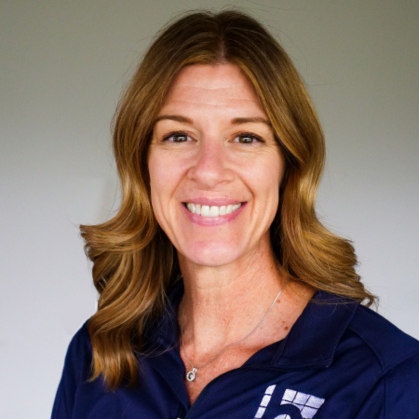
Trish Payne
Trish Payne is Block Imaging’s OEM and FDA Liaison. Trish is passionate about understanding the causes of challenges and working collaboratively to overcome them for the good of the imaging industry and the healthcare providers it serves. In addition to keeping Block Imaging’s work in step with industry standards, Trish is a wife, mother of two, tennis player, and world traveler.



